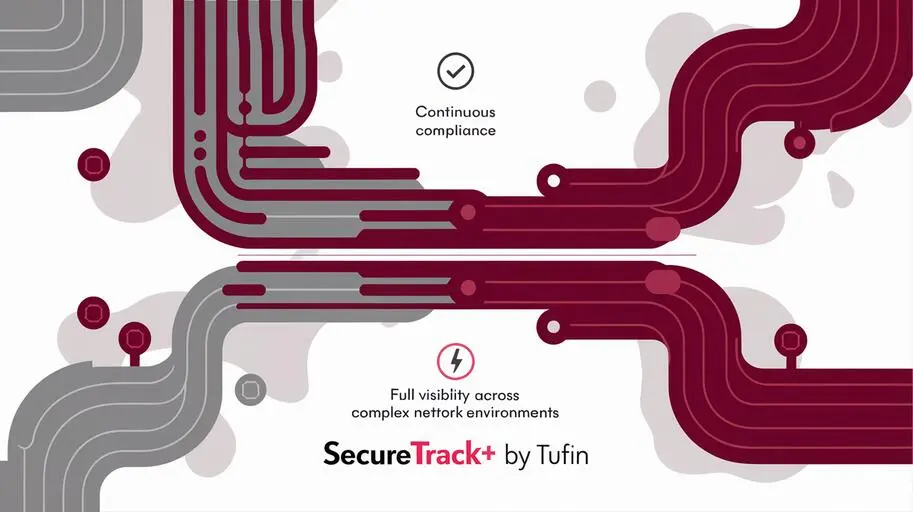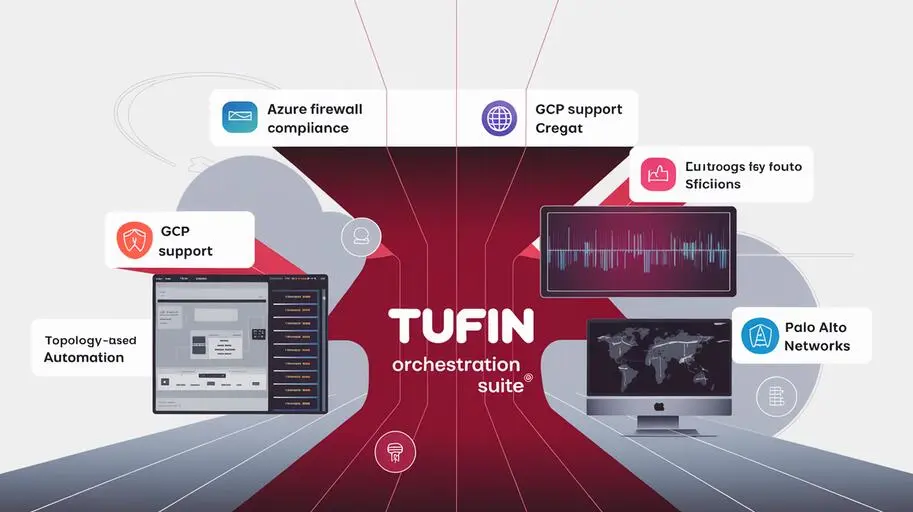In today’s interconnected world, where businesses are increasingly dependent on uninterrupted network operation, downtime has become more than just an annoying inconvenience; it’s a serious threat to companies’ profitability and reputation. Every minute of network downtime can result in significant financial losses, reduced productivity, and damage to customer trust.
According to a Ponemon Institute study, the average cost of network downtime for enterprises is over $9,000 per minute. But the real cost can be much higher, considering hidden expenses such as lost opportunities, reduced employee morale, and potential penalties for non-compliance.
Why Does Network Downtime Happen?
There are many reasons why networks can fail. The most common are:
- Configuration Errors: Incorrectly configured network equipment can lead to malfunctions and downtime.
- Cyberattacks: DDoS attacks, malware, and other cyber threats can disable network infrastructure.
- Software Vulnerabilities: Outdated software with known vulnerabilities can become easy prey for attackers.
- Insufficient Monitoring: The lack of adequate network monitoring makes it difficult to identify and resolve problems in a timely manner.
- Hardware Failures: Breakdowns of network equipment, such as routers, switches, and servers, can lead to network downtime.
How to Prevent Network Downtime?
Preventing network downtime requires a comprehensive approach that includes the following strategies:
- Continuous Network Monitoring: Monitoring all aspects of your network allows you to identify problems early and prevent them from escalating into serious failures.
- Strict Change Management: Before making changes to the network configuration, thorough planning and testing must be carried out to avoid errors and compatibility problems.
- Regular Backups: Regular backups of data and configurations allow you to quickly restore network functionality in the event of a failure.
- Comprehensive Network Security: Implementing firewalls, intrusion detection systems, and other security measures helps protect the network from cyberattacks.
- Incident Response Plan: Having a clear action plan in case of incidents allows you to quickly and effectively respond to problems and minimize downtime.
How Tufin Helps Prevent Network Downtime?
Tufin solutions help organizations automate security policy management, ensuring compliance and reducing the risk of configuration errors that can lead to network downtime. Tufin provides the following features:
- Automation of Security Policy Management: Tufin automates the processes of designing, implementing, and auditing security policies, reducing the risk of errors and speeding up changes.
- Visibility and Control of Network Infrastructure: Tufin provides complete visibility of the network infrastructure, allowing organizations to track changes, identify vulnerabilities, and ensure compliance.
- Prevention of Configuration Errors: Tufin checks the correctness of the configuration of network equipment, preventing errors that can lead to network downtime.
- Rapid Identification and Elimination of Vulnerabilities: Tufin helps organizations quickly identify and eliminate vulnerabilities in the network infrastructure, reducing the risk of cyberattacks.
For example, [Company Name] reduced the time to make changes to security policies by 70% thanks to automation with Tufin, and also significantly reduced the number of configuration errors leading to network downtime. (Requires link to case study or Tufin press release)
In conclusion, network downtime is a serious threat to modern business. Implementing comprehensive downtime prevention strategies, such as continuous monitoring, strict change management, regular backups, and comprehensive network security, as well as using Tufin solutions, will help organizations ensure uninterrupted network operation and protect their business from financial losses and reputational damage.
FAQs About Network Downtime and Prevention
Why is network downtime a threat to business?
Network downtime leads to financial losses, reduced productivity, damage to reputation and customer trust.
What is the average cost of network downtime for enterprises?
According to a study by the Ponemon Institute, the average cost of network downtime for enterprises is over $9,000 per minute.
What are the main causes leading to network downtime?
The main causes are: configuration errors, cyber attacks, software vulnerabilities, insufficient monitoring, and hardware failures.
What strategies can help prevent network downtime?
Continuous network monitoring, strict change management, regular backups, comprehensive network security, and an incident response plan.
What is change management and why is it important for preventing downtime?
Change management is the process of carefully planning and testing changes to network configuration before they are implemented, in order to avoid errors and compatibility issues that can lead to failures.
How does Tufin help prevent network downtime?
Tufin automates security policy management, ensuring compliance with regulatory requirements and reducing the risk of configuration errors that can lead to downtime.
What capabilities does Tufin provide for preventing downtime?
Automation of security policy management, visibility and control of network infrastructure, prevention of configuration errors, and rapid identification and remediation of vulnerabilities.
Why is an incident response plan important in the event of network downtime?
Having an incident response plan allows you to react quickly and efficiently to problems and minimize downtime, reducing the negative impact on the business.




